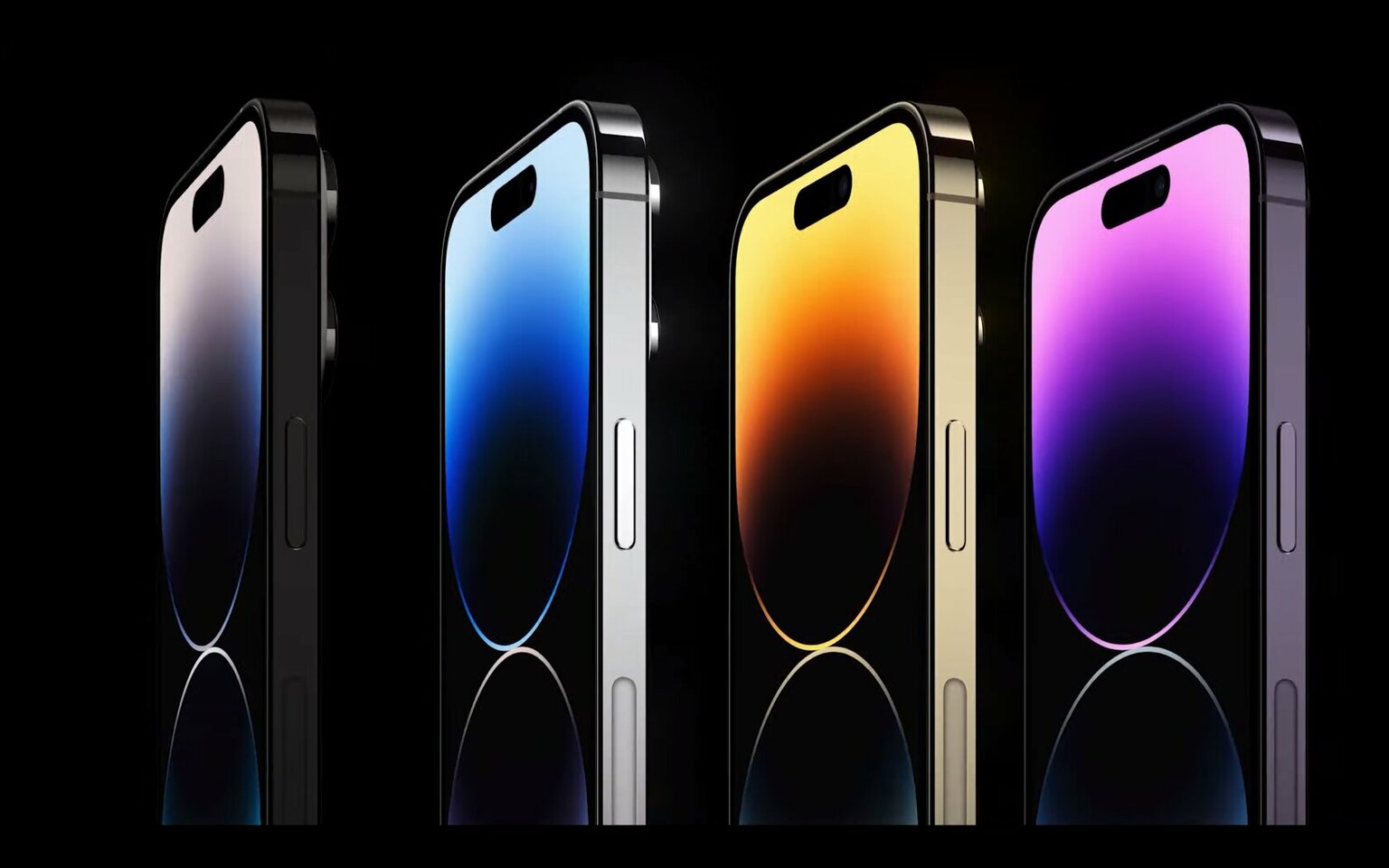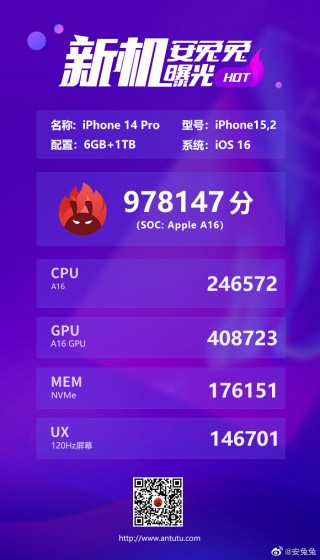
- Iphone 13 pro max geekbench android#
- Iphone 13 pro max geekbench pro#
- Iphone 13 pro max geekbench plus#
Iphone 13 pro max geekbench pro#
Apple said that the iPhone 13 Pro series graphics processor can be up to 50% faster than the main competitors, and can provide support for video apps, high-performance games, and a series of new camera features.


iPhone 13 and iPhone 13 mini are equipped with 4-core GPU, while iPhone 13 Pro and iPhone 13 Pro Max are equipped with 5-core GPU. Geekbench version 5 contains new test fields such as augmented reality. iPhone 13 and iPhone 13 Pro have the same CPU, but differ in terms of GPU. Geekbench 5 is a multi-system benchmark and measures the performance of a computer. IT Home learned that Apple’s iPhone 13 series models use the A15 chip and have 6 CPU cores, including 2 performance cores and 4 energy efficiency cores.
Iphone 13 pro max geekbench android#
These running points show that compared with the A14 bionic processor in the iPhone 12 series, the A15 single-core performance is increased by approximately 10%, and the multi-core performance is increased by 18%.įor comparison, the current Android flagship cores Snapdragon 888+, Kirin 9000, and Exynos2100 run points as follows: The A15 bionic processor has a maximum main frequency of 3.23GHz, a stable single-core running score of 1.7K+, and a multi-core up to 4.8K. The running score shows that the memory of iPhone 13, 13 Pro, and 13 Pro Max are 4GB, 6GB, and 6GB respectively, which are consistent with the information displayed by the previous Xcode 13 code, that is, there is no change compared to the previous generation. According to blogger the CPU scores of iPhone 13 and iPhone 13 Pro have also been exposed. One final note, the iPhone 14 Pro Max still has 6GB of RAM (same as the 13 Pro Max).IT House September 16 News Earlier today, Apple’s iPhone 13 Pro’s first Geekbench GPU running score was released, a huge improvement.
Iphone 13 pro max geekbench plus#
Also, the A15 chip used in the iPhone 14 and 14 Plus is the 5-core GPU version that was used in the 13 Pro and 13 Pro Max (the 13 and 13 mini used a 4-core version). This also comes with node upgrades – 4nm for A16, 5nm for A15 and 7nm+ for the A13.Īlso worth noting is that Geekbench doesn’t test the GPU and the A16 should bring an improvement on that front too.

Performance isn’t everything, Apple claims that the 33.3% performance increase also comes with a 20% reduction in power. That’s over the course of three years, so those 9% compared to last year look believable. During the presentation Apple showed this chart comparing the new A16 to 2019’s A13 chipset, saying that CPU performance is up 33.3%. That being said, the reality might not be far off. Still, if this result is in any way representative, the new chip doesn’t sound all that impressive. MacRumors says that in terms of GPU performance, the iPhone 13 Pro series. Of course, we’re looking at only a single result from the Apple A16 chip, so it’s too early to draw conclusions. Now, MacRumors has spotted the first Geekbench benchmark test of the iPhone 13 Pro, revealing its beast-y performance. And this is with an increase of peak clock speed of the performance cores from 3.23GHz to 3.46GHz. In a Geekbench 5 test performed by PCMag, the Galaxy S22 Ultra with Qualcomm’s Snapdragon 8 Gen 1 processor scored 3,433 on the multi-core test, compared to 4,647 for the iPhone 13 Pro Max with. That is +9% single-core and actually a small decrease in the multi-core test. The iPhone 13 Pro Max typically gets 1,725 and 4,848, respectively. The iPhone 13 Pro Max blows both devices right out of the water, though, with a single-core score of 1,735 (+40.8) and a multi-core score of 4,647 (+34.7). The “iPhone15,3”, better known as the iPhone 14 Pro Max, posted a single-core score of 1,879 and a multi-core score of 4,664.

But a Geekbench score gives us a preview of the answer. How much are they missing out? The phones are coming out on September 16 (except the Plus, which will be out in October), so we can’t fully answer that question yet. Only the iPhone 14 Pro and 14 Pro Max are getting the new Apple A16 chipset, the iPhone 14 and 14 Plus are getting last year’s A15 instead.


 0 kommentar(er)
0 kommentar(er)
